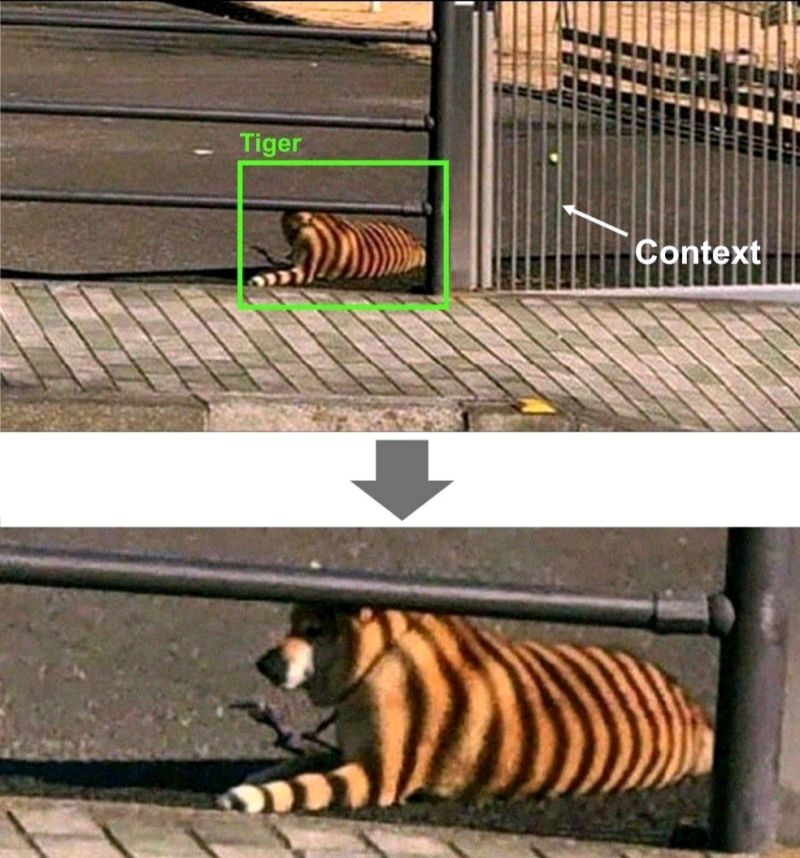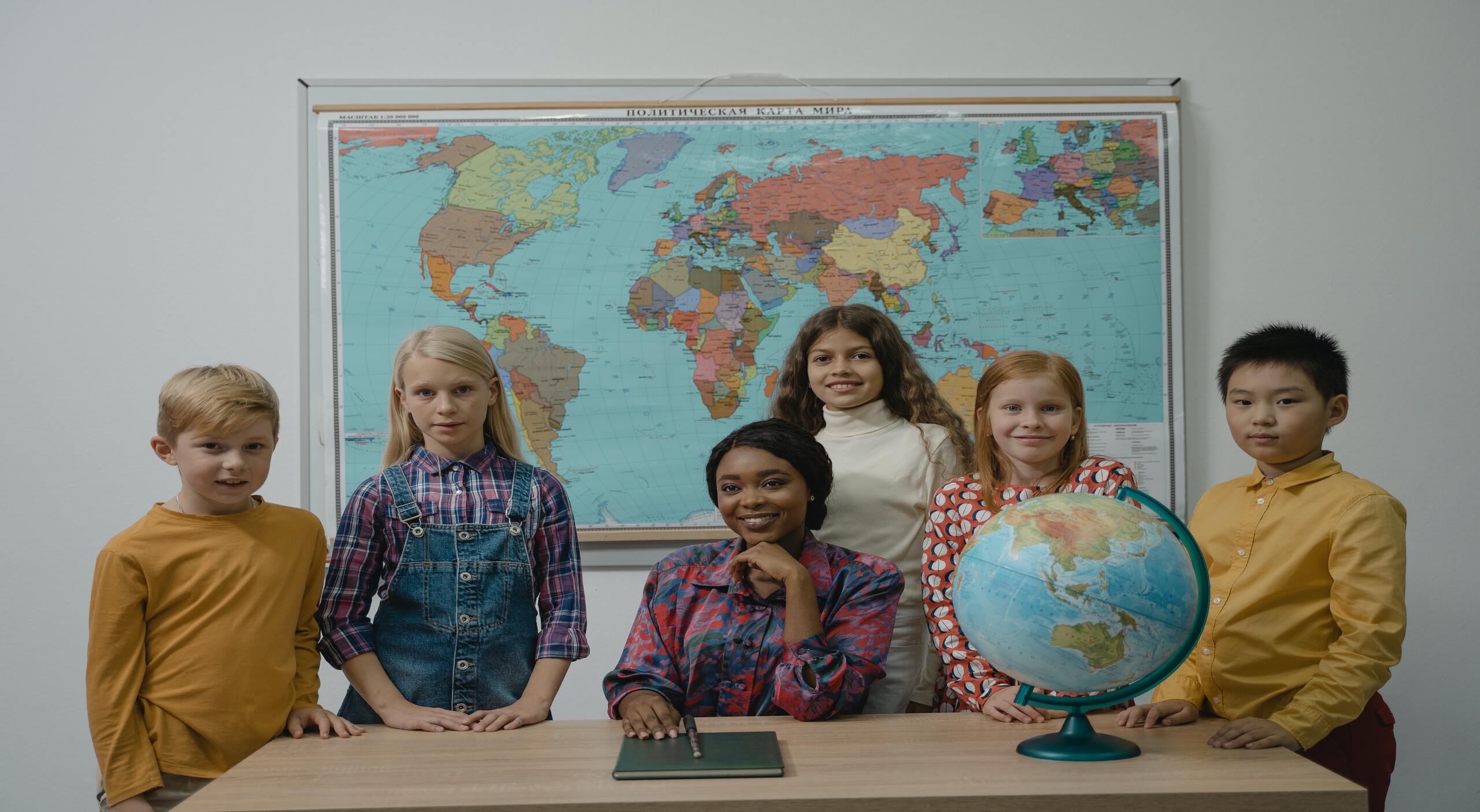Design | Founder's Desk
Babies learn to speak by imitating the sound they hear around them. But before they start speaking, they take information through all their senses - sight, touch, smell and taste along with hearing. Combining all these, they make their own understanding of the sounds and then try to create their sound, followed by words and sentences.
However, as we grow, conditioned by environment and expectations, we forget how we learnt our sound, how we used all our senses to learn.
Unfortunately, our design of learning is too linear to be meaningful. Nursery to KG to primary school and likewise to higher degrees. In this design we leave the most, carry forward a little, and add little or no value to the learning. So, in the larger context, what was the point in learning anything. This information was already there before the student learnt and will be there after she/he learnt it. They are redundant items or hollow passages in the whole scheme.
What happens in this process?
1. We forget to question the assumptions.
For example - When we studied history as a subject in school, we learnt mostly about history of kings. Because the assumption is - History is the chronology of events.
But, history is not about just events. It is about everything at that point of time. Culture and beliefs, people, science and trade, climate and geography...all of these altogether make complete history. In the absence of integrated information, history is a dull boring subject for most of us.
Recently, I was reading about elements in periodic table. Each element has a history and it was never taught in my school. Because the assumption - elements in periodic table are all about properties and chemical reaction. So, History is about kings and chemistry is about reactions. But, if we know about history of elements, we don't need to create mnemonics and tricks to remember a lot of things about these elements. Interestingly, Periodic table becomes a fun learning when combined with history. That's the magic of learning in context.
2. We learn the information as truth without understanding the context.
Without context, an information is meaningless or may be flawed and also boring. That's why we hardly remember a thing right now from our school education, except 3 Rs (Reading, Writing and Arithmetic) because they are the life skills and we use them in daily life.
An example in picture of flawed understanding when information is presented without context.

An example of information as a fact vs. information in context
Information - "Penicillin V is an antibiotic which was discovered in 1928 by Scottish scientist Alexander Fleming. It fights bacteria in your body."
Information in context - "It's hard to imagine today, but in the days before antibiotics; something as seemingly innocuous as an infected scratch could be deadly. That was before the discovery and development of penicillin, the first antibiotic, hailed by many as a miracle drug.....The antibiotic properties of penicillin were first noticed in 1928 by Alexander Fleming, a microbiologist at St. Mary's Hospital in London, when he saw nothing but dead bacteria surrounding the mold, later identified as Penicillium notatum."- chemical & engineering news
So, when put information in context, we understand the importance of invention of Penicillin, which is just a common drug for us. it actually inspires to read more about Penicillin and how it affected world war. In the similar line, "Going Solo" by Roald Dahl should be part of school curriculum and introduced to students before teaching about World Wars. Students need to understand the how war looks, before other details.
3. We stopped learning using all senses
In the school, kids learn from what teachers teach or what is written in the text books. And produce the same information without adding any value in it. Most of the students don't look for information beyond text books, don't seek information from other people. They don't explore all their senses to learn and apply. Agree that some of the schools encourage kids to explore learning through projects. But those are very less in number.
Design of meaningful learning
The design of learning should be circular, with many learning nodes, which are connected as network.
1. Circular design
Revisit the lessons learnt. Reflect the knowledge gained. Add some value to what you have learnt.
How can a student add value when one is still learning?
Let's think like this. An 8th grade student should take lessons for 5/6th grader. It will help the student to reflect
- The assumptions that I made or what I learnt, is it still the same? If not, what has been changed? why did it change?
- How I learnt, was it the right way to learn? Was it the only way to learn?
2. Learning has various stages
Learning is not two step process of input and output. There are various stages in this process. Let's call them learning nodes.
These nodes & processes are:
- Exposure to generate curiosity: Exposure comes in many ways - at new places, meeting new people, reading new book, doing new thing etc. Before teaching a concept in total, get the exposure from any method and purpose should not be the learning but to build only curiosity.
- Curiosity to research and explore: It is very important to ask question and seek answers. For the purpose of differentiation - Research here mean is to seek information from people and resources. Explore is to find answers through experiments or thought process.
- Research to Assumption/concepts: Research or exploration may not lead to the complete answer, it could be mixed with assumptions. There is no problem with wrong assumptions too, as long as one is ready to change or improve it.
- Concepts to application: application is not a singular concept. It could be any of these
- Create something new using concept
- Modify the concept itself
- Change the assumption
For example - take the chapter of magnetism. First, give magnets to students without telling them what it is. Surely, they will see some actions in terms of attraction and repulsion, that will lead to curiosity. Then tell them to do some experiments like changing sides or changing speed etc., so that they have some questions to ask. Let them discuss among themselves. Then, talk about magnet and its property. Then talk about Earth as gigantic magnet and how important it is. Also, talk about magnetism is applied to generate electricity. Ask them to research more and find more application, what other application they can think of a magnet.
3. Learning is not a one-dimensional flow but a network of lots of learning nodes.
Like we learn any life skill, speaking, walking, swimming...educational learning should happen the same way. Learning should have all nodes - exposure, curiosity, research/explore, learning, application. Go to any nodes from any nodes and keep on improving your skill.
Learning is more enjoyable when it is mindful. Newton did not write about gravity and calculus just by reproducing what he had learnt through his textbooks, neither did Einstein when he talked about relativity. They used their senses to learn and mind to think, which we all should do.
"Don't Just
Don't just learn, experience.
Don't just read, absorb.
Don't just change, transform.
Don't just relate, advocate.
Don't just promise, prove.
Don't just criticize, encourage.
Don't just think, ponder.
Don't just take, give.
Don't just see, feel.
Don't just dream, do.
Don't just hear, listen.
Don't just talk, act.
Don't just tell, show.
Don't just exist, live."
- Roy T. Bennett. The Light in the Heart

